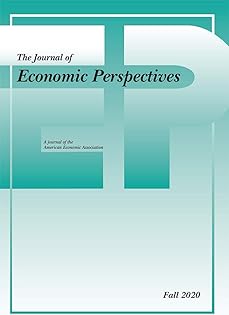Abstract
The value-added tax (VAT) is a cornerstone of the modern tax system. It has many desirable properties in theory: it does not distort firms’ production decisions, it is difficult to evade, and it generates a substantial amount of revenue. Yet, in many countries there are discrepancies between the textbook model of the VAT and its practical implementation. Where the VAT implementation diverges from its textbook model, the tax may lose its desirable properties. We draw on firm-level administrative VAT records from 11 countries at different income levels to examine the functioning of real-world VAT systems. We document four stylized facts that capture departures from the textbook VAT model which are particularly pronounced in lower-income countries. We discuss the effects on VAT performance and simulate a counterfactual retail sales tax and a turnover tax. Despite its shortcomings, we conclude that the real-world VAT is superior to the alternatives.
